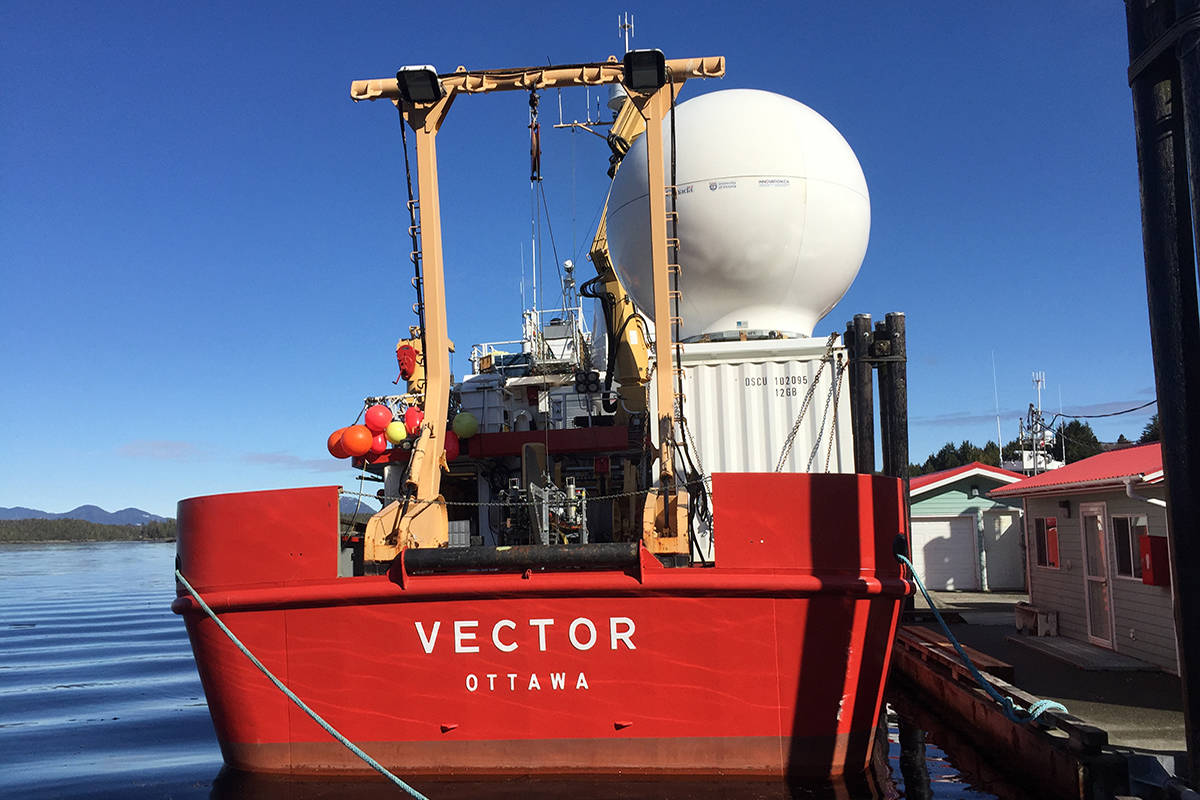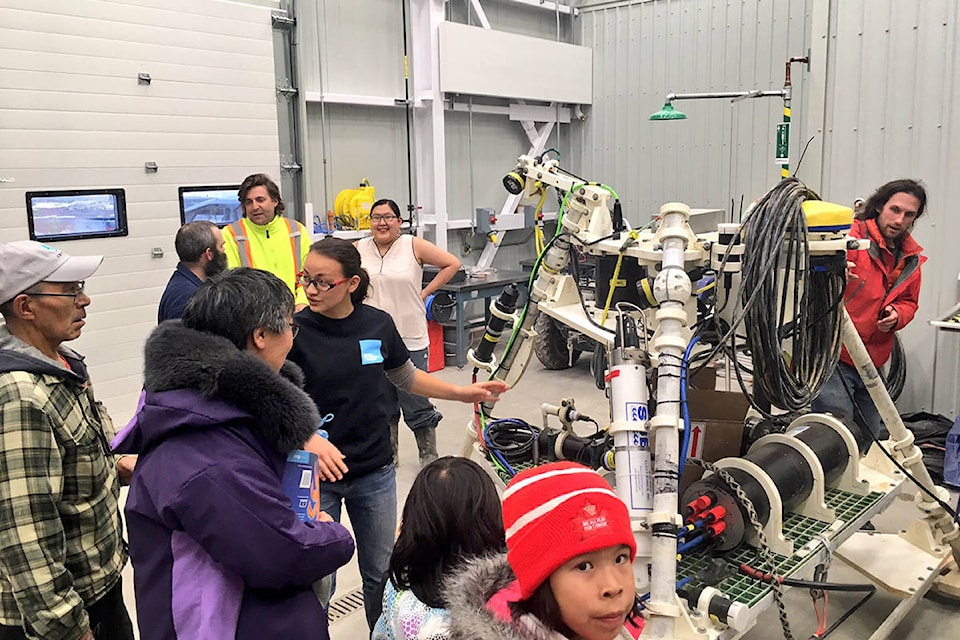A massive joint-venture ocean expedition exploring B.C.’s Central Coast has captured photos and videos of areas of the sea floor that have never been seen or studied before.
“We believe in understanding our oceans better and in order to be able to do that there is a lot we still need to explore and study,” said Expedition partner Alexandra Cousteau, who is a filmmaker, Senior Advisor to Oceana Canada, and granddaughter to famed ocean explorer Jacques Cousteau.
The expedition is in support of the Government of Canada’s commitment to protecting 10 per cent of Canada’s oceans by 2020.
“If we are able to see what’s down there, which has never been seen below 200 meters, we will have a better sense of how to protect it,” added Cousteau.
The expedition took place between March 7-14 on the Canadian Coast Guard ship CCGS Vector, and explored Kynoch Inlet fjords, Seaforth Channel and Fitz Hugh Sound, which are areas that have high significance for the Heiltsuk and Kitasoo/Xai’Xais Nations.
The expedition used DFO’s submersible drop-camera to explore the deep ocean and collect data to help identify ecologically important areas for marine planning, protect vulnerable species – such as rockfish – and habitat that have a high conservation value from human threats.
“It’s really important that we start working together — First Nations communities have a depth of knowledge that we can’t imagine and the blending of that traditional knowledge and science is going to give us the best outcome,” said Cousteau.
The expedition also visited Bella Bella Community School on March 13 to hear from students about their experiences on the oceans and to share details about the expedition.
“This is stuff that has never been done before, we are seeing places that have never been seen before, and we are able to share the images with the people who have known these places for generations but have never seen below 200 meters,” said Cousteau, noting Indigenous representatives including youth were able to go on board during the expedition.
The data, images, and video (which was live-streamed in real time) collected from the expedition are available for the public to access on the expedition’s website protectoceans.ca.
“It’s really encouraging that we are seeing such vibrant abundance of these species,” said Costeau, adding, “There is still so much to learn about our oceans, and so much to learn about each other, we need to move forward collaboratively sharing our expertise to better protect our oceans and that is how we are going to get there.”
The expedition is a partnership between Oceana Canada, Fisheries and Oceans Canada (DFO), Heiltsuk and Kitasoo/Xai’Xais Nations, Central Coast Indigenous Resource Alliance (CCIRA), and Ocean Networks Canada.
“I hope this is the beginning of a long collaboration between traditional knowledge and science,” added Costeau.

